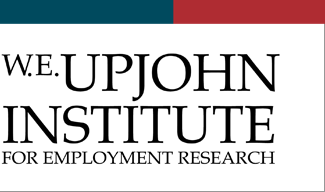Publication Date
1-1-2014
DOI
10.17848/9780880994583
Abstract
This book attempts to make sense of the research on the minimum wage that began in the early 1990s. The authors look at who is affected by the minimum wage, both directly and indirectly; which observable, measurable variables (e.g., wages, employment, school enrollment) the minimum wage influences; how long it takes for the variables to respond to the minimum wage and the size and desirability of the effect; why the minimum wage has the results it does (and not others); and the workers most likely to be affected by changes to the minimum wage.
Files
Download Full Text (6.5 MB)
Download Epub version (15.2 MB)
ISBN
9780880994576 (cloth) ; 9780880994569 (pbk.)
Subject Areas
LABOR MARKET ISSUES; Wages, health insurance and other benefits; Minimum wage
Citation
Belman, Dale and Paul J. Wolfson. 2014. What Does the Minimum Wage Do? Kalamazoo, MI: W.E. Upjohn Institute for Employment Research. https://doi.org/10.17848/9780880994583
Creative Commons License

This work is licensed under a Creative Commons Attribution-NonCommercial-Share Alike 4.0 International License.



Contents
1. Introduction
Part 1: Micro
2. Employment
3. Hours of Employment
4. Meta-Analysis
5. Wages and Earnings
6. Human Capital
7. Poverty and Inequality
Part 2: Macro
8. Gross Flows in the Labor Market
9. Labor Force Participation Rate, Unemployment, and Vacancies
10. The Product Market
11. Conclusion
Appendix A-Data Sources and Variables